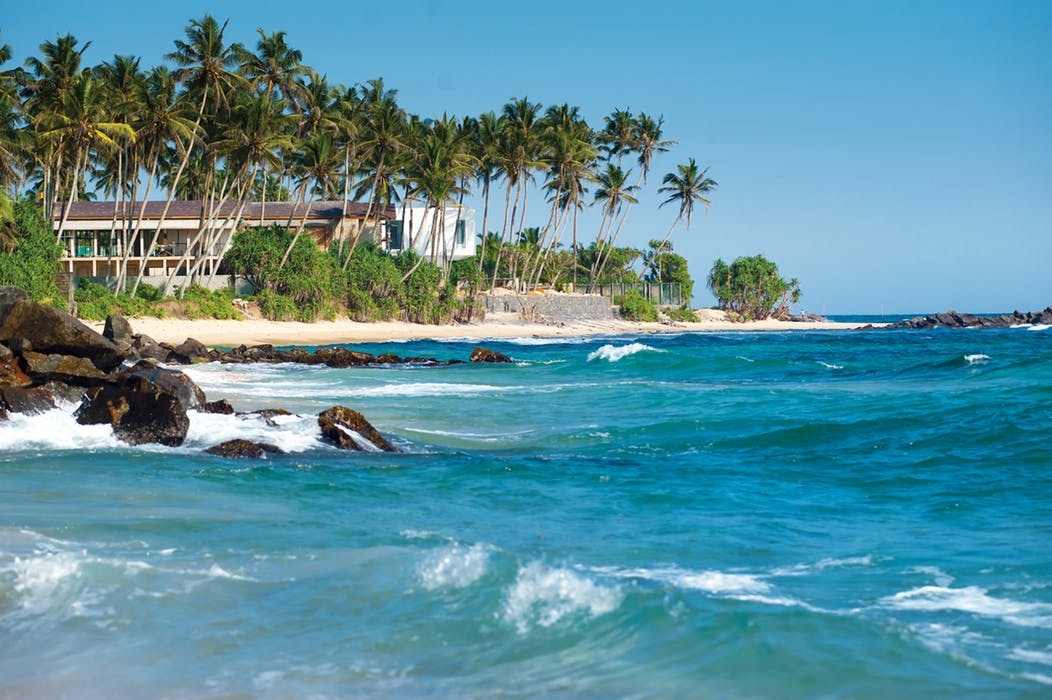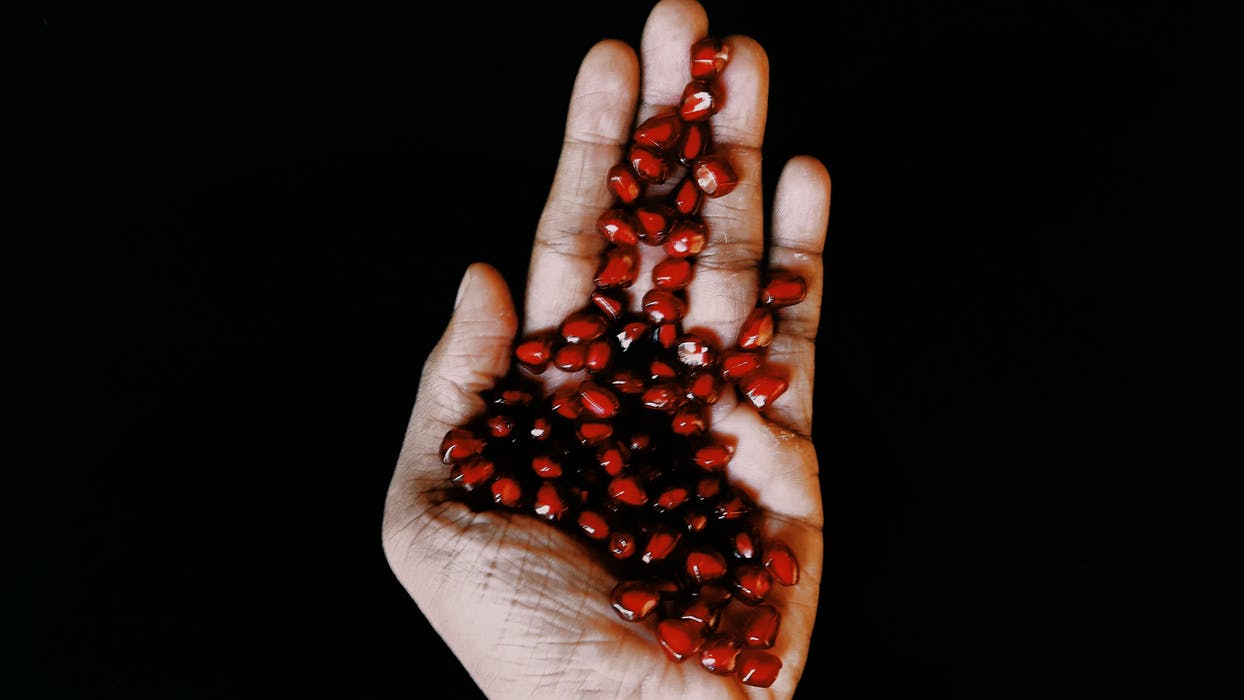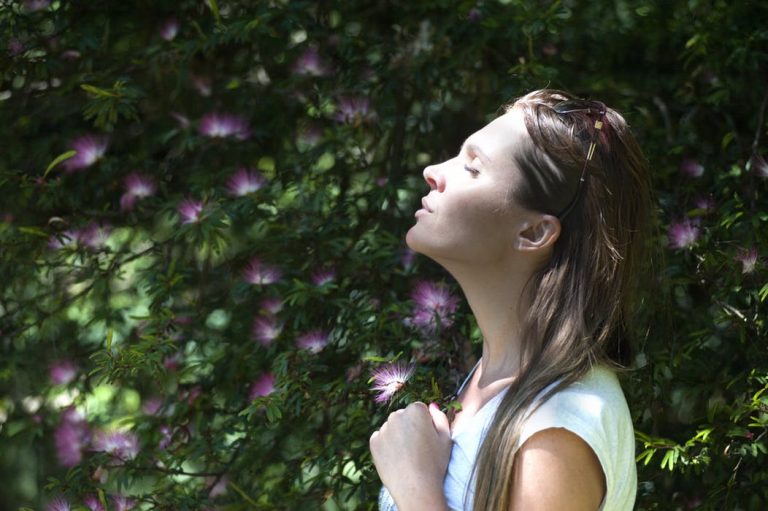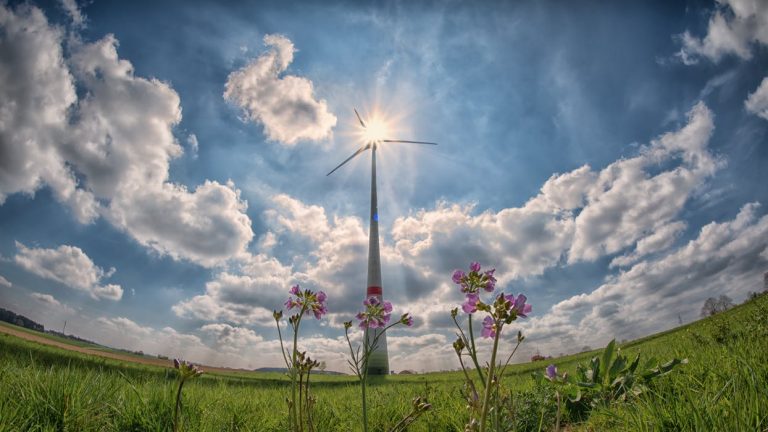Sri Lanka is a small tropical island nation in South Asia, close to the Equator. Despite recent urbanization trends, most of its 21 million people still lives in rural areas, and over 30% are employed in the agricultural sector.

Like all of South Asia, Sri Lanka is severely threatened by climate change, which leads to more frequent and more intense extreme weather events, as well as slow-onset impacts like rising sea levels, increased temperatures, water scarcity, soil degradation, landslides, and diseases. In May 2018, serious floods once again affected over 100,000 people, while more than 40,000 families are affected by drought conditions. There have been major floods in 2010, 2011, 2014, and 2016, while the worst drought in 40 years occurred in 2016/17.
Already, farmers struggle with poverty, low incomes, and the aftereffects of the nation’s 26-year civil war: now, they are confronted by alternating droughts and floods that will only get worse with the progression of climate change, jeopardizing their food security, access to safe drinking water, infrastructure, and livelihoods.
Economic Transformation and the Agricultural Sector
Sri Lanka is undergoing a transformation into an upper middle-income country, with cities like Kandy, Galle, and Jaffna rapidly growing in population. The nation’s economy has grown on average 6.2% per year since the end of the civil war in 2009, and it is transitioning from being predominantly rural and agricultural to focusing on urbanized manufacturing and services, including a growing popularity as a tourist destination (with tourist numbers more than doubling between 2011 and 2016).

These developments mean that agriculture contributes less and less to the overall GDP but continues to be the country’s most important source of employment, where millions of families are engaged in smallholder farms. For over 2,300 years, the people of Sri Lanka have built irrigation systems, tanks, and reservoirs, a complex hydraulic infrastructure that is still partially in use today.
The agricultural heartland of Sri Lanka is the northern, north-eastern and south-eastern Dry Zone, which is heavily dependent on rain and irrigation infrastructure; over 50 % of people living here are engaged in agriculture, and their livelihoods are firmly tied to their fields and crops.
Agriculture in Sri Lanka revolves around two seasons of cultivation, the main Maha season (September to March) and the secondary Yala season (May to August). These seasons fall together with the two monsoons that travel across the country from different directions, bringing rain to the east and north during Maha and to the west and southwest during Yala. Rice is the nation’s staple food, cultivated as a wetland crop in around 700,000 hectares of paddy; the main commercial crops include tea, rubber, and coconuts.
Twin Disasters: Droughts and Floods
Usually, droughts hit the country in the first quarter of the year or in August, followed by torrential rain, floods, and landslides as the monsoons blow in from the southwest in May to June.
In 2016 and 2017, Sri Lanka experienced its worst drought in four decades, which decreased rice production by over 40%, threatened the livelihood of farmers, and the food security of hundreds of thousands of the poorest and most vulnerable households. Pulses, chillies, maize, and onions were affected as well, and there was a drastic reduction in coconut yields in 2017 (which will affect harvests for years to come due to the long growth times of coconut trees).
During droughts, the water levels in reservoirs and lakes drops dramatically (for example, the nearly 1,000-acre Siyambalankotuwa Lake dried up completely in 2017, which hadn’t happened for 20 years), and the Disaster Management Centre distributes rice rations as well as bowsers of water, not all which reached their destination. Elephants move out in search of water, leading to clashes with farmers and villagers which sometimes end deadly.
The 2016/2017 drought was followed by the worst rains in 14 years, killing at least 200 people in floods and landslides that triggered the biggest ever peacetime deployment of Sri Lankan military in the relief efforts. The flood also led to a 4.3-fold higher number of dengue cases in 2017, as mosquitoes proliferated in the inundated areas. Still, even those rains were not enough to fill up reservoirs in the drought-affected areas, so that the secondary harvest of 2017 during Yala season was only half of the one in previous years.
Since the 1970s, the government has implemented a crop insurance scheme for rice farmers, which has since been expanded to other crops, as well as more recent fertilizer subsidies; but due to limited awareness building and complicated bureaucratic procedures, only few farmers actually benefit from this. Local farmer groups and communities are trying to work on long-term solutions with district, provincial, and national authorities, which they often see as neglecting the maintenance of tanks and waterways: but communication is difficult and the progress slow.
Countermeasures: Climate Finance and Adaptation
Sri Lanka has an urgent need for climate finance and adaptation measures, especially in the agricultural and water management sector. Government investment in infrastructure was 4.9% of the total GDP in 2015, 20% of which (around 823 million USD) went toward the water sector—significantly less than in countries like Thailand, Indonesia, or Singapore.
Urban infrastructure and road connections are being upgraded and expanded with the help of 1,5 billion USD of IMF support as well as serious investments from the World Bank, the Asian Development Bank, and the French Development Agency. A World Bank-sponsored Agriculture Sector Modernization Project is underway, as well as a disaster management information centre (PRISM) and a government housing project (which pledged in 2015 to construct 500,000 homes, few of which have been built so far).
The Green Climate Fund, the centrepiece of UN climate finance under the Paris Agreement, is already co-financing a 52 million USD project with smallholder farmers in the Dry Zone of Sri Lanka. This project aims to strengthen the resilience of up to 2 million people to extreme weather events (floods and droughts) by improving irrigation infrastructure, expanding access to clean drinking water, and investing in early weather warning systems, flood response, and water management.
Outlook
Climate change has a very real and immediate impact on the life and livelihoods of farmers in Sri Lanka and all of developing South Asia. Floods and droughts are the biggest immediate threads to agriculture and food production, and they directly affect the poorest and most vulnerable part of the population. These repercussions are neither theoretical nor do they lie in the future: already, thousands of farmers attempt suicide every year as their crops fail, and hundreds of thousands of people are displaced, cut off from access to safe drinking water, lose their food security or are forced to migrate within the country or across borders.
Both mitigation and adaptation efforts can make a difference and reduce the impacts of climate change, but they require awareness, decisive action, and substantial funding to be successful.
Sources
Climate Service Center Germany (GERICS), Global Facility for Disaster Risk Reduction (GFDRR), Green Climate Fund (GCF), Intergovernmental Panel on Climate Change (IPCC), International Monetary Fund (IMF), SLYCAN Trust, Government of Sri Lanka (Climate Change Secretariat, Ministry of Agriculture, Ministry of Disaster Management, Ministry of Mahaweli Development and Environment, Ministry of Water Supply and Drainage), Institute of Policy Studies of Sri Lanka (IPS), United Nations Development Programme (UNDP), United Nations Framework Convention on Climate Change (UNFCCC), World Bank Group





Leave a Comment